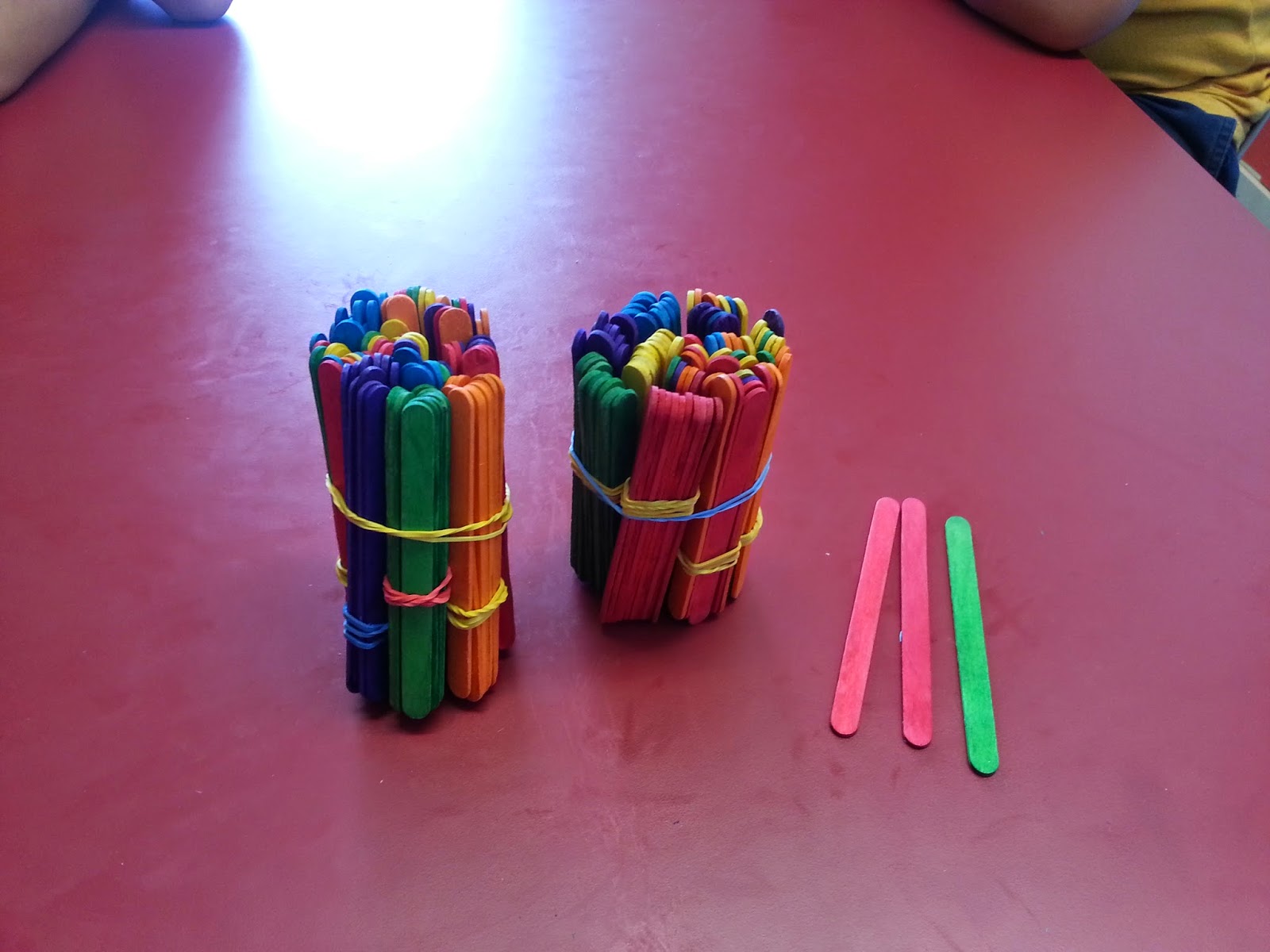Today all my groups learned how to use an ipad app called 'Show Me' This app is an interactive whiteboard that allows the students to record their strategies while they explain them. We will be doing this regularly so that you are able to see what the students are learning and it also gives my students a fantastic opportunity to share their thinking and clarify their understanding through an interactive medium.
Group 1 (Year 5's) Group 3 (Year 8's) and Group 4 (Year 8's) are all learning to use Reversibility and Place Value Partitioning to answer addition or subtraction equations. They are working on their video's so keep checking back as they will be uploaded soon : )
Below is Sacred from Group 1 explaining how to use reversibility as a strategy for an addition equation.
The video below is of Group 2 (my year 2/3's) explaining today, how they solved an addition equation using Place Value. They are using materials (ice-block sticks) as they have just started on Place Value.

.jpg)






